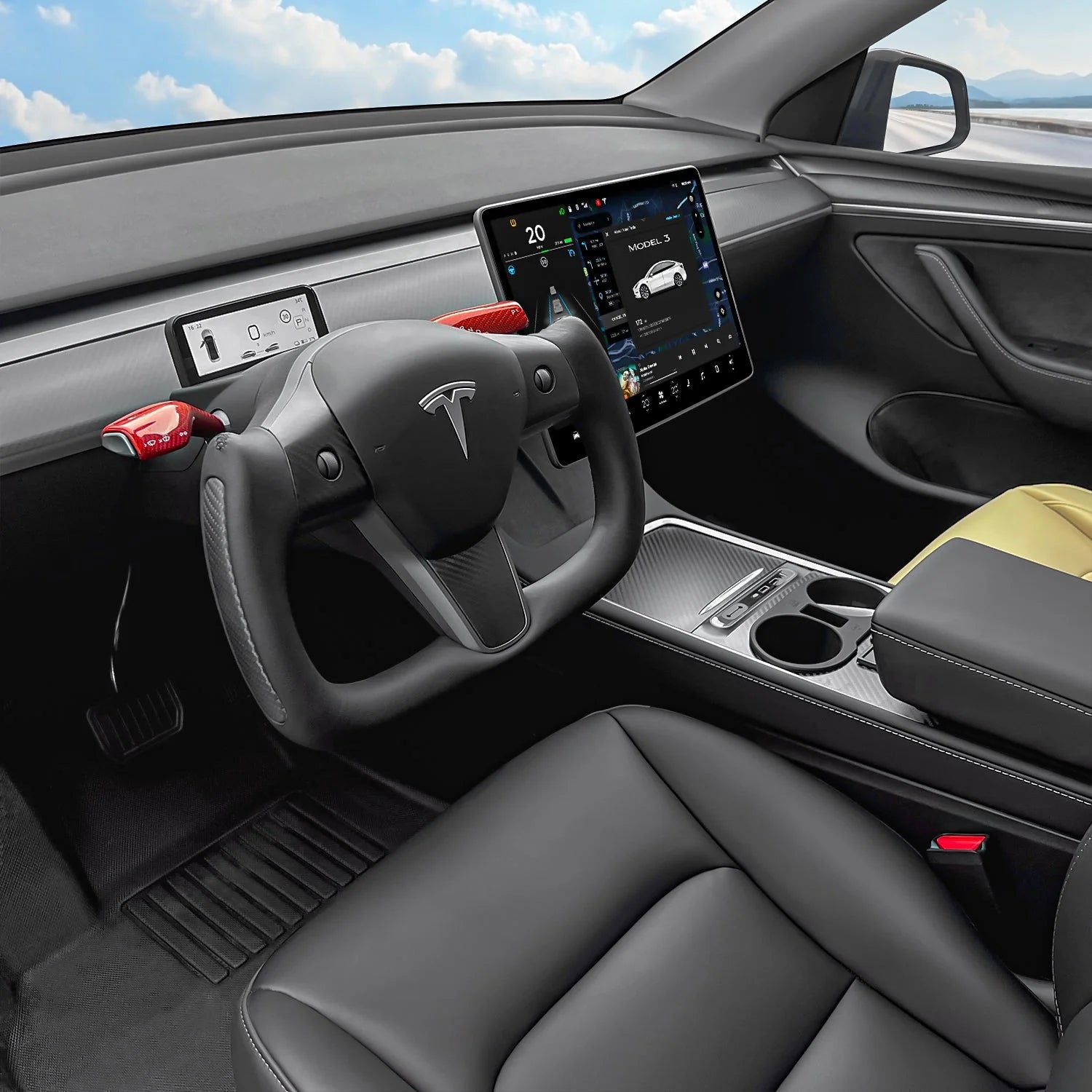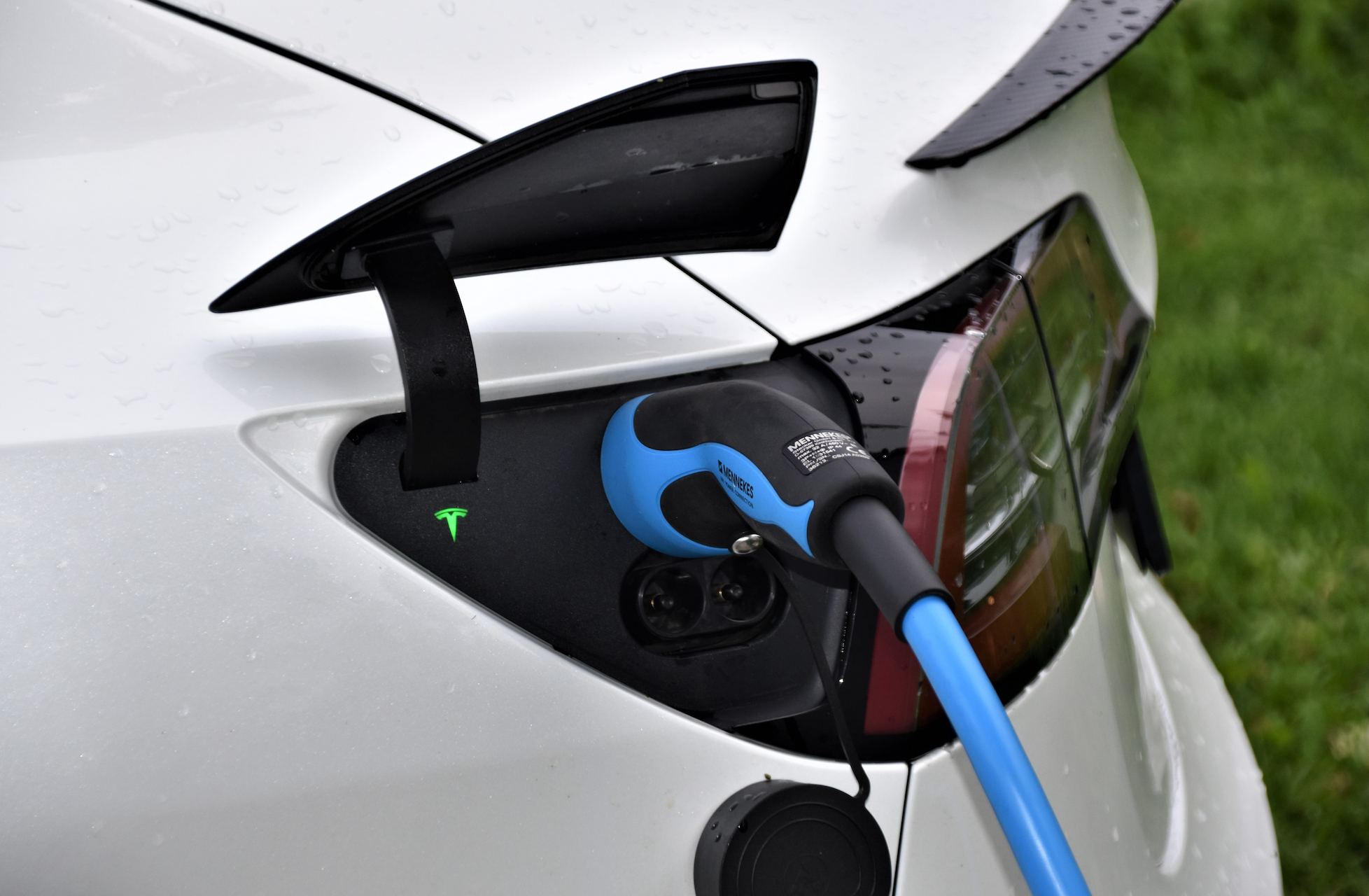As electric vehicles (EVs) become more prevalent on our roads, the ways in which we charge them are also coming under scrutiny. One common query is whether or not you can charge an EV using an extension cable. This article aims to shed light on this question and delve deeper into the world of EV charging.
The Growing Popularity of Electric Cars
With environmental concerns at the forefront of modern societal issues and technological advancements making EVs more affordable and efficient, electric cars are experiencing a surge in popularity. Governments around the world are offering incentives to promote the switch to electric, and car manufacturers are rapidly expanding their EV offerings to cater to increasing demand.
Common Charging Methods
Charging an EV is not as simple as refueling a gasoline car, and there are multiple methods to consider. Some common methods include:
- Home Charging: Using a standard electrical outlet or a dedicated home EV charging station.
- Public Charging Stations (AC): Found at various public locations like shopping centers, office buildings, and dedicated EV charging hubs.
- Fast Charging Stations (DC): High-power stations that can charge EVs significantly faster than standard chargers.
Types of Chargers
To understand the fundamentals of EV car charging, it's essential to be aware of the different charger levels available:
Level 1
Level 1 charging is the most basic form of EV charging and typically involves plugging your EV into a standard household outlet. It's slower than other methods, delivering up to 3.6kW, making it most suitable for overnight charges or cars with smaller battery capacities.
Level 2
Level 2 chargers are faster than Level 1 chargers and require a 240/380-volt power source. These chargers for electric vehicles can typically provide between 7 kW and 22 kW of power, making them the most common solution for home charging and public charging stations.
Level 3
Also known as DC fast charging, Level 3 chargers are the fastest way to charge an EV. They can provide up to 300 kW of power. However, not all EVs are compatible with this charging level, and its frequent use can impact the battery's lifespan.
How EV Charging Works
Charging an electric vehicle isn't just about plugging it in; there's a lot happening beneath the surface to ensure that the car is charged safely and efficiently. Let's break down the primary components and processes involved.
Direct Current vs. Alternating Current
At the heart of EV charging is the distinction between Direct Current (DC) and Alternating Current (AC).
- Direct Current (DC): In DC charging, the power flows in a single, consistent direction. Level 3 chargers, or DC fast chargers, use direct current to deliver rapid charges to EVs. Since the vehicle's battery stores power as DC, using a DC charger means the electricity can flow straight into the battery without needing conversion.
- Alternating Current (AC): AC charging involves power that shifts direction periodically. Level 1 and Level 2 chargers are AC chargers. When using AC charging, the car's onboard converter transforms the AC from the grid into DC suitable for the battery.
Charging Connectors and Ports
Charging an EV isn't a one-size-fits-all affair. There are various connectors and ports available, with their designs often dependent on the car's make, model, and region of manufacture. Some of the popular connectors include the J1772 (common for Level 1 and 2 chargers in the U.S.), Type 2 (for AC charging in Europe), CCS 1 and CCS 2, CHAdeMO (for DC fast charging), the Tesla proprietary connector, and GB/T (for Chinese EV). When considering an EV, it's essential to understand the type of connectors and ports the vehicle supports to ensure compatibility with charging stations.
The Anatomy of Extension Cables
Extension cables for EVs are not the same as your standard household extension cord. Designed to handle the higher electrical loads required for EV charging, these cables consist of:
- Heavy-duty insulation: To prevent any potential electrical hazards.
- Thicker wires: To handle increased current flow without overheating.
When considering using an extension cable for EV charging, it's crucial to opt for one specifically designed for heavy loads to guarantee safety and efficiency.

What Are Extension Cables?
When we refer to extension cables for electric vehicles, we're discussing the extension cords that connect the EV charger to the electrical outlet, bridging the gap when the charger's built-in cable isn't long enough to reach. Unlike typical household extension cords, those meant for EV charging are specially constructed to handle the higher electrical demands of an EV charger. They come reinforced with durable materials, feature specific safety mechanisms, and are built to ensure an uninterrupted and safe power flow from the source to the charger.
Safety Concerns of Using Extension Cables
Using electric car cable might seem like a simple solution to reach those distant outlets, but it's not without risks. Ensuring a safe charging experience requires more than just plugging and playing. Electric car charging cables, if not chosen or used correctly, can pose hazards such as electrical malfunctions, fires, or compromised charging efficiency.
Electrical Load and Capacity
When using an extension cord, it's imperative to ensure that the cord can bear the car charger plug’s electrical load. A cable meant for Level 1 charging might not suffice for the more power-intensive Level 2 charging.
Understanding Amperage and Voltage
Safety hinges on recognizing the extension cord's amperage (current) and voltage (electrical force) capabilities. The cord's ratings should match or exceed the EV charger's specifications to avoid overloading and potential mishaps.
Overheating Risks
Overheating is a significant concern when using extension cords not specifically designed for EV charging. A cord rated below the charger's requirements can heat up, potentially leading to malfunctions or even fire hazards.
Official Guidelines and Manufacturer Recommendations
Many EV experts and car manufacturers recommend direct charging connections over extensions. However, if an extension is necessary, always opt for one that's designed for EV charging, adhering to its safety protocols.
Home Charging
For those charging at home, a fixed charging setup is preferable to minimize the use of extension cords. If you must use one, always be present during charging and ensure the cord is free from potential damage or obstruction.
Public Charging Stations
While using extension cords at public stations is rare due to the strategic placement of these stations, if you find the need, ensure the cord is suitable for the charger type and doesn't present safety risks to others.





